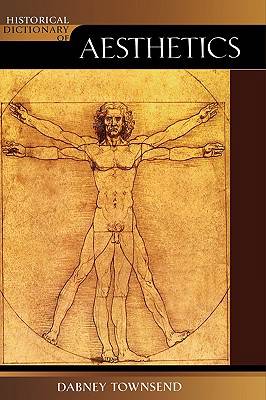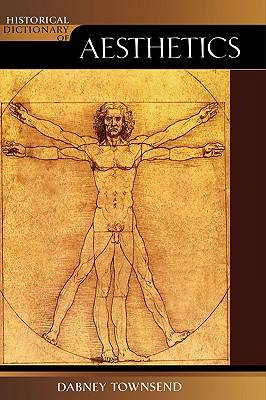
- Afhalen na 1 uur in een winkel met voorraad
- Gratis thuislevering in België vanaf € 30
- Ruim aanbod met 7 miljoen producten
- Afhalen na 1 uur in een winkel met voorraad
- Gratis thuislevering in België vanaf € 30
- Ruim aanbod met 7 miljoen producten
Zoeken
Omschrijving
Aesthetics is not a "factual" discipline; there are no aesthetic facts. The word itself is derived from the Greek word for "feeling" and the discipline arises because of the need to find a place for the passions within epistemology-the branch of philosophy that investigates our beliefs. Aesthetics is more than just the study of beauty; it is a study of that which appeals to our senses, most often in connection with the classification, analysis, appreciation, and understanding of art.
The Historical Dictionary of Aesthetics covers its history from Classical Greece to the present, including entries on non-western aesthetics. The book contains a chronology, a list of acronyms and abbreviations, an introductory essay, a bibliography, and hundreds of cross-referenced dictionary entries on the main concepts, terminology, important persons (philosophers, critics, and artists), and the rules and criteria we apply in making judgments on art. By providing concise information on aesthetics, this dictionary is not only accessible to students, but it provides details and facts to specialists in the field.
The Historical Dictionary of Aesthetics covers its history from Classical Greece to the present, including entries on non-western aesthetics. The book contains a chronology, a list of acronyms and abbreviations, an introductory essay, a bibliography, and hundreds of cross-referenced dictionary entries on the main concepts, terminology, important persons (philosophers, critics, and artists), and the rules and criteria we apply in making judgments on art. By providing concise information on aesthetics, this dictionary is not only accessible to students, but it provides details and facts to specialists in the field.
Specificaties
Betrokkenen
- Auteur(s):
- Uitgeverij:
Inhoud
- Aantal bladzijden:
- 416
- Taal:
- Engels
- Reeks:
- Reeksnummer:
- nr. 72
Eigenschappen
- Productcode (EAN):
- 9780810855397
- Verschijningsdatum:
- 5/09/2006
- Uitvoering:
- Hardcover
- Formaat:
- Genaaid
- Afmetingen:
- 138 mm x 232 mm
- Gewicht:
- 671 g

Alleen bij Standaard Boekhandel
+ 525 punten op je klantenkaart van Standaard Boekhandel
Beoordelingen
We publiceren alleen reviews die voldoen aan de voorwaarden voor reviews. Bekijk onze voorwaarden voor reviews.











